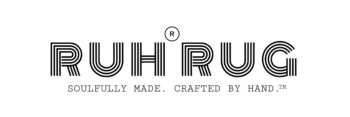Designing
Every rug begins as an idea — but in Ruh Rug, the design is not simply a matter of aesthetics. It is an act of intention. Before a single knot is tied, the artisan sits with paper, pen, and purpose, sketching a pattern that will guide months of work.
We call this stage Pattern Prayer because each line drawn is more than a shape — it is a reminder, a whisper, a verse in visual form. Some motifs are inspired by Qur’anic imagery — gardens, flowing rivers, light upon light. Others draw from the geometry of sacred architecture, where symmetry reflects the balance of creation.
This is not a silent process. As the pen moves, the heart remembers. In many workshops, you will hear Qur’an recitation or the quiet murmur of dhikr. The artisan knows that a design born from remembrance will carry that spirit into the final rug.
The patterns are not random. They are maps — each color and curve telling the weaver where the next knot will go. This map ensures that the rug is not just beautiful, but balanced, harmonious, and alive with meaning.
“And He is the One who created everything perfectly, then guided it.”
(Qur’an 20:50)
By the end of this stage, the rug already exists in spirit. The paper holds its soul’s blueprint, and the loom will soon give it a body. In Ruh Rug, design is not the beginning of weaving — it is the beginning of remembrance.
